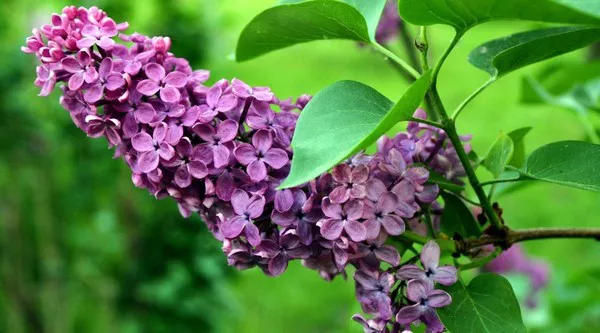The Valley of Flowers, situated in the lofty reaches of the Garhwal Himalayas within the Chamoli district of Uttarakhand, India, is a Himalayan paradise celebrated for its kaleidoscopic meadows adorned with endemic alpine flowers and a rich tapestry of wildlife. Unveiled to the world in 1931 by British mountaineer Frank S. Smythe, this hidden gem earned its national park status in 1982 and achieved UNESCO World Heritage recognition in 2005.
Embarking on the journey to the Valley of Flowers commences at Govindghat near the sacred town of Badrinath. A challenging 13-kilometer ascent leads to Ghangaria, the final settlement before entering the Valley. The trek unveils a scenic path through dense forests, accompanied by the melody of streams and waterfalls. Towering deodar, birch, and rhododendron trees create a captivating spectacle, while vibrant Himalayan birds like the monal pheasant and whistling thrush serenade the hikers.
Following an overnight stay in Ghangaria, a subsequent 3-kilometer trek leads to the entrance of the Valley. The initial glimpse of the Valley is nothing short of breathtaking. Expansive meadows stretch endlessly, adorned with petite flowering plants in hues of purple, yellow, white, and pink. The pristine Pushpawati River meanders through the valley, adding to its idyllic allure. Snow-clad peaks and formidable cliffs encapsulate the valley, evoking a sense of humility and insignificance.
Encompassing approximately 88 species of flowering plants, many exclusive to the region, the Valley boasts prominent blooms such as Brahmakamal, Blue Poppy, Cobra Lily, and Orchids. The optimal visitation period spans mid-July to mid-August when the valley transforms into a vibrant, fragrant haven bursting with blossoms. A floral symphony unfolds throughout the season as various flowers bloom sequentially.
A stroll through the valley during peak season is an unforgettable experience. The vivid blooms and lush meadows create a magical tapestry. Majestic mountains framed by drifting clouds provide a sublime backdrop. The melodic flow of the Pushpawati River and the gentle breeze contribute a natural rhythm to the visual spectacle. Hours can be spent immersed in the sights, sounds, and scents of nature at its zenith. Each glance reveals new floral treasures – graceful ground orchids, azure blue poppies swaying in the wind, and delicate brahmakamals glowing in the sun.
The Valley also attracts diverse wildlife, including the Asiatic black bear, brown bear, snow leopard, musk deer, and blue sheep. Avian enthusiasts can delight in spotting over 250 species, including the Himalayan golden eagle, bearded vulture, monal pheasant, and chukar partridge. Venturing deeper into the valley provides stunning vistas and unparalleled serenity. Overnight stays offer glimpses of the star-studded Himalayan night skies.
Yet, amidst such beauty lies fragility. Mounting tourism and climate change pose threats to the Valley. Daily visitor numbers are restricted to mitigate environmental impact. Responsible tourism practices are imperative. The valley remains largely inaccessible for nearly half the year due to snow and rain, and during the brief flowering season, the surge in visitors must exercise restraint.
Preserving this floral paradise is a collective responsibility. Sustainable policies, ecosystem preservation, and community-led initiatives are essential. Rigorous waste management and reduced plastic usage contribute to a cleaner valley. Controlled tourism prevents overcrowding and habitat destruction while uplifting local communities. Education and outreach initiatives further conservation efforts.
The Valley of Flowers stands as a testament to nature’s extraordinary creations, a cherished jewel in India’s natural heritage. Exploring this enchanting realm of blossoms and safeguarding it for future generations is paramount. As we tread lightly through the valley, we carry seeds of hope for its future. Just as the ephemeral flowers bloom against formidable odds, human determination and action can ensure the valley’s survival for generations to come. The flowers may be fleeting, but the landscape is enduring. In that timeless beauty, we unravel nature’s mysteries and discover profound joy.


